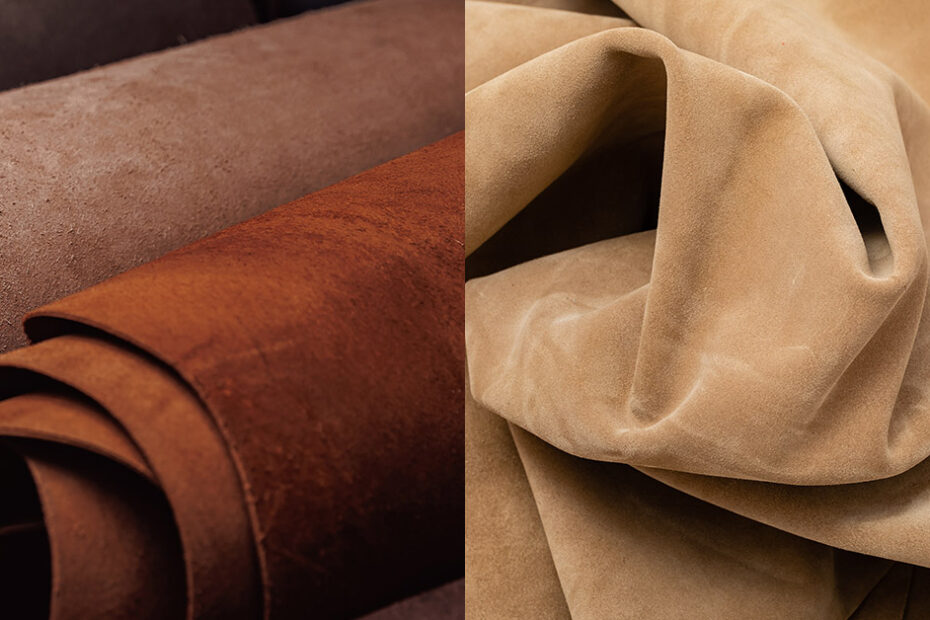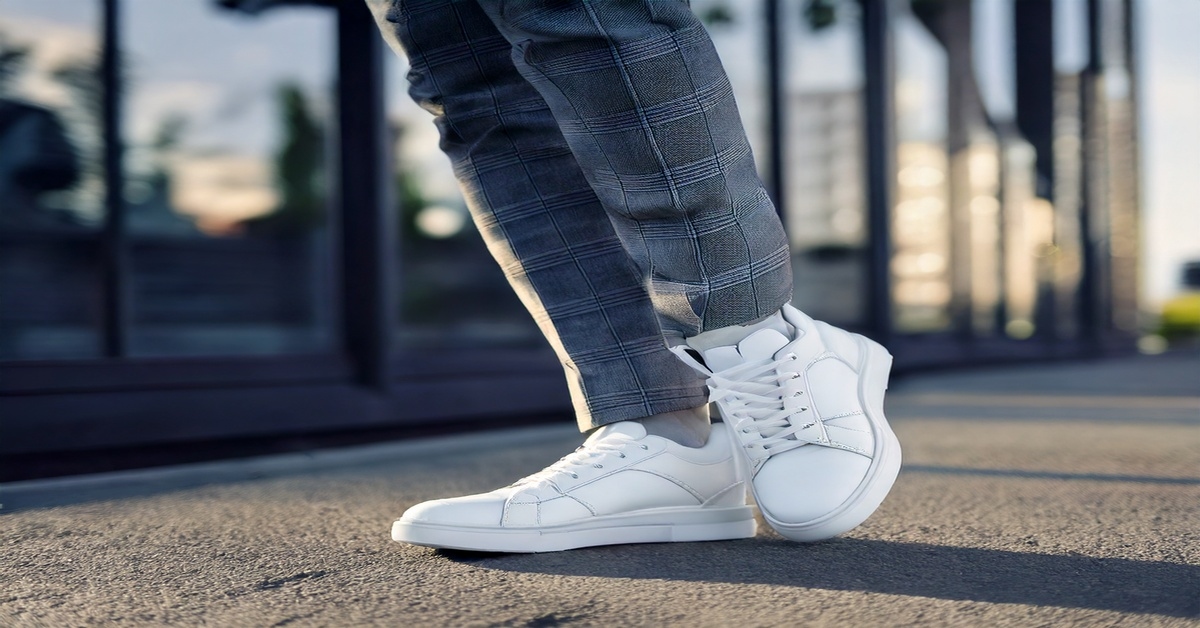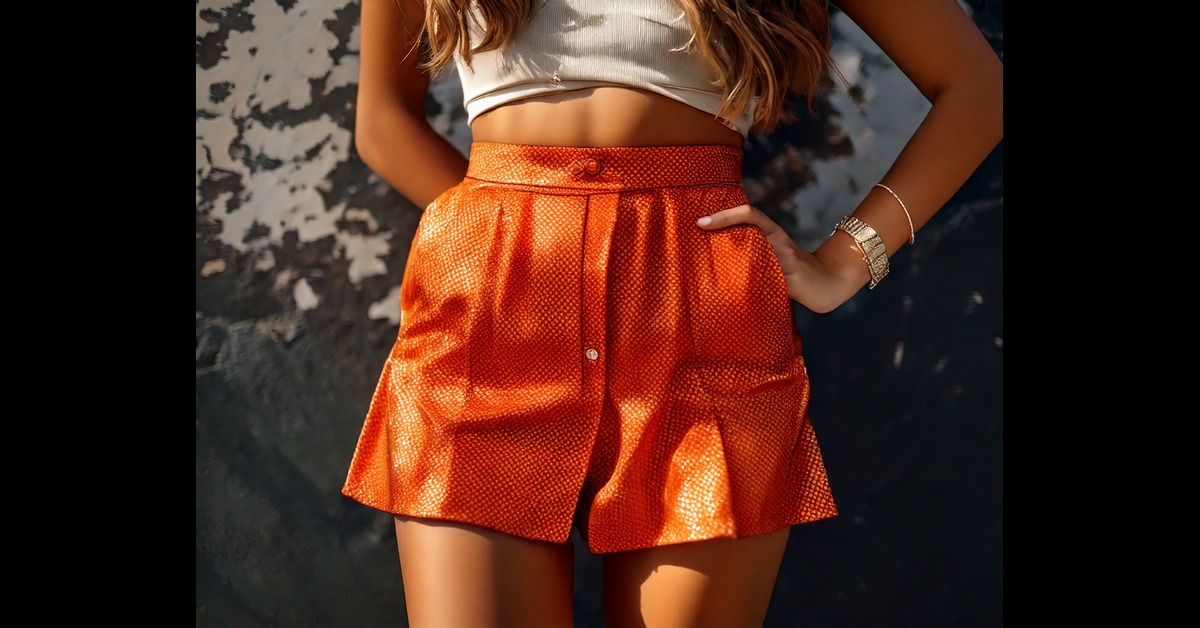Have you ever wondered about the soft feel of Nubuck and the rich, textured touch of Suede?
Nubuck and Suede—are the two materials that immediately come to mind when we discuss the classy leather finishes. Both are highly admired for their versatile nature and soft texture—even though they are crafted and used in a completely different manner.
This blog might help you decide between Nubuck and Suede when making your next purchase. This article might help you identify which one of these popular leather types your wardrobe deserves. While we have previously delved into the intricacies of both Nubuck and Suede, let’s focus on comparing them directly, along with how they stand up to other types of leather.
What To Expect In This Article?
Nubuck Leather vs. Suede — What Sets Them Apart?
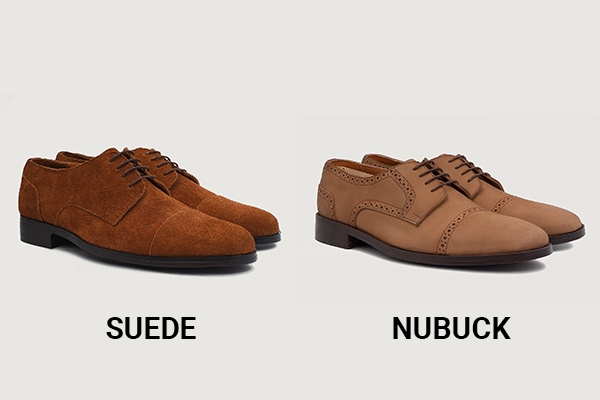
Nubuck and Suede might look alike at first glance, but the main difference between them is the way they are processed.
Nubuck is made by buffing or sanding the outer (grain) side of the skin, providing a velvety appeal—whereas suede is obtained from the inner side of the skin—resulting in a softer but less durable finish.
Most commonly, both Nubuck and Suede are crafted from different hides, including cowhide leather, sheepskin leather, or goatskin leather.
It is essential to identify that both Nubuck and Suede are considered to be extra delicate and need more care in comparison to full-grain leather.
Nonetheless, when comparing Nubuck-vs-Suede-vs-Leather, all of them provide a premium aesthetic and a classic appeal that is hard to resist.
Nubuck vs. Suede vs. Leather — A Durability Showdown
When it comes to a comparison between Nubuck leather and other leather types, Nubuck is more rugged than Suede yet less intense than full-grain leather.
Nubuck gets stronger on the surface with the sanding process, making it more challenging to wear than Suede—which is more susceptible to damage because of its soft structure.
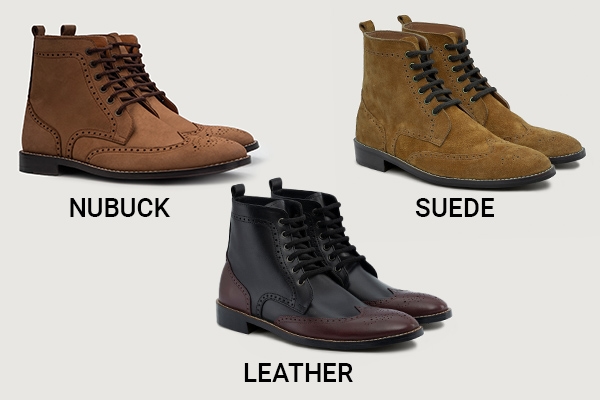
For this reason, Nubuck shoes are more durable and perform better in everyday use than the Suede shoes.
On the contrary, Suede surpasses in style but needs more care. It is mainly admired for fashion-forward products similar to suede leather jackets, shoes, and boots.
Full-grain leather is the king—when it comes to durability—but if you are after something soft and stylish, Nubuck and Suede remain popular choices.
Advantages and Disadvantages of Nubuck
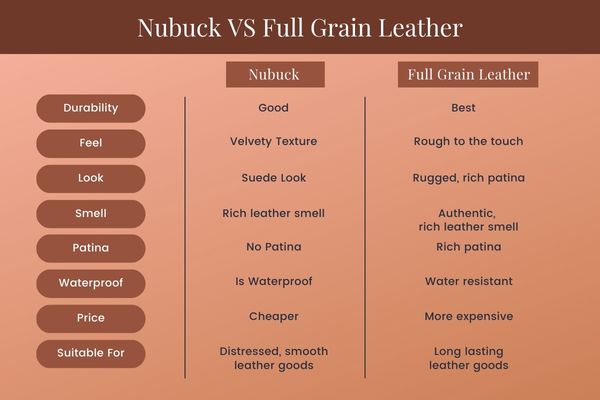
Advantages:
- Nubuck is more durable and resistant to wear and tear than Suede leather, but it needs to be handled with care.
- It provides a velvety luxe and classic appeal.
- Nubuck is commonly used in different products, and its versatility ranges from shoes to upholstery and bags.
Disadvantages:
- Similar to suede, Nubuck is more susceptible to stains and is difficult to clean at times, so it requires proper maintenance.
- If not treated with a protector in time—Nubuck is water-sensitive and can absorb water and stain.
Advantages and Disadvantages of Suede
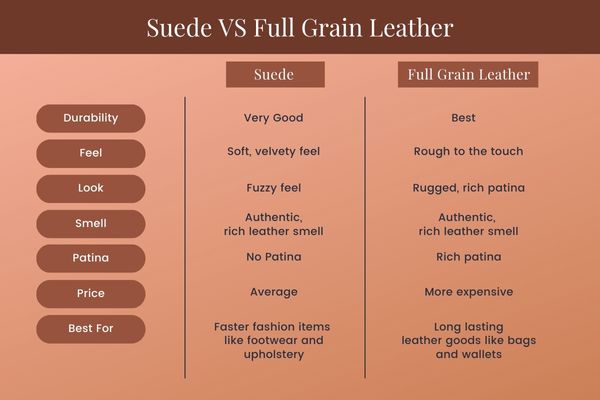
Advantages:
Advantages:
- It is very soft and supple, hence ideal for similar products like suede leather sneakers and women’s suede jackets.
- Breathability is the core—Suede allows for better airflow, which makes it perfect for shoes and jackets.
- It is widely used in high-fashion products—offering a luxurious aesthetic, including suede leather boots and suede jackets for women.
Disadvantages:
- The suede is much less resistant to damage and scuffs—it needs more careful handling.
- Like Nubuck, suede is prone to staining and absorbs liquids easily and stains if it is not treated with a protective coating.
Products Crafted from Nubuck and Suede
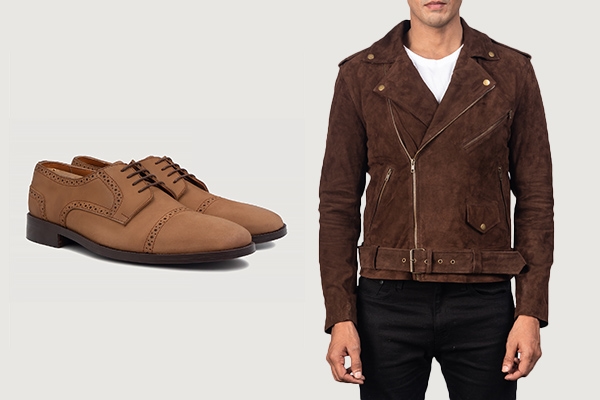
Nubuck and Suede are both versatile materials—typically used across a variety of products, particularly in footwear and fashion accessories.
- Shoes made from Nubuck are known for their toughness and style and are famous for their durability yet soft appeal.
- Suede leather shoes are soft and supple—these shoes require careful maintenance and are a great fashion statement.
- Suede jackets are perfect for making a stylish statement.
- Leather jackets are often seen in more durable leather types like full-grain or top-grain—however, nubuck exists for a more refined allure.
More rigid leather boots are usually made from full-grain leather, but nubuck can offer a stylish and contemporary twist.
Final Thoughts
Nubuck provides better durability and is more versatile, while suede is all about texture and luxury. When deciding between Nubuck and Suede, it totally depends on your choice of whether you prefer durability or softness.
Both have a distinct place in the fashion world, particularly when it comes to suede and nubuck jackets, shoes, and more.
The knowledge about the different kinds of leather can give you that edge on making the right decision, whether it’s on the quest for a long-lasting product, like the leather shoes you have always wanted to have, or softer, like the suede leather sneaker.
In the general range of types of leather finish, nubuck and suede offer high-quality textures that could add to your wardrobe, but if they need to be more hard-wearing, then consider options that include cowhide, sheepskin, or goatskin leather.
FAQs
How can you tell nubuck from suede?
Nubuck feels velvety and comes from the outer hide, while suede is softer and made from the inner hide.
What happens when Nubuck gets wet?
If nubuck gets wet, it can absorb moisture and stain unless treated with a water-repellent.
Is Nubuck genuine leather?
Yes, nubuck is 100% genuine leather, just like suede, but it’s sanded on the grain side for that smooth finish.

